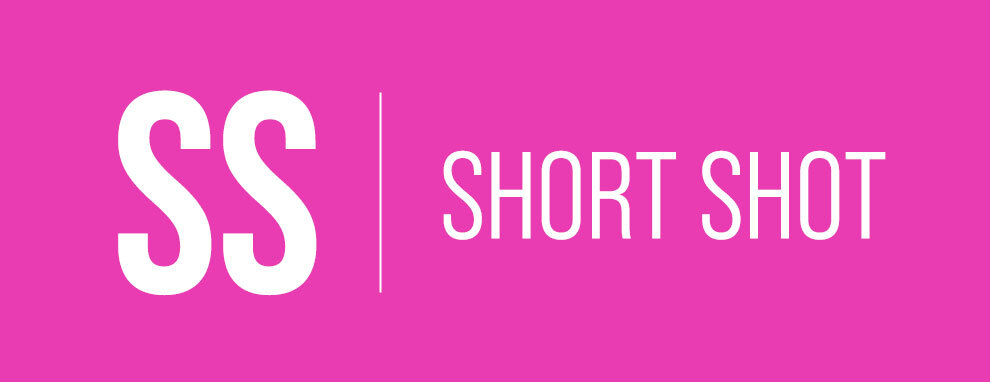A Simple Simple Short Shot
Capture Rate explained for digital marketing
This is a proprietary metric that we use as a way to value the performance of digital ads and social posts
Capture rate is used to describe users that are retained through any of our digital advertising efforts – social, advertising, or otherwise, to be used later in our marketing funnel. It’s used to determine the efficiency of a digitally served ad or social spend with regards to capturing users for future use in hyper-targeted advertising and inbound marketing efforts.
Capturing a user means we can target them later on in our marketing funnel.
The premise is that you’re trying to incite action that results in a user being added to one of a brands/products many “lists” which include remarketing lists, follower lists, newsletter lists, etc. These highly targeted lists provide enhanced marketing opportunities because they represent extremely high quality leads, that bring with them significant user information like gender, birthdate, interests, etc. The goal in a capture campaign is to grow your all your digital lists so that you can more effectively market to those people in the future. An effective capture campaign is the ideal first step in an advertising sequencing funnel.
If we’re able to capture people, we can take them further down a more personalised marketing path.
What qualifies for the capture metric?
Social Media:
When a user follows a brand on Facebook, Instagram, or Twitter we have captured that user for targeting with personalized ads.
A person liking our facebook page as a result of an ad action would constitute one capture “point” for the ad.
A person commenting, liking, or sharing a post has no value to this metric. Those types of actions affect our engagement metric, which is dramatically different social metric.
Newsletter:
When someone signs up for a brand’s newsletter as a result of an ad we view this as a very strong capture event because of the high quality lead generation opportunity that email marketing presents. It would constitute another “point”.
Website:
When a user visits a brand’s website, they are added to a list for future remarketing campaigns. An effective remarketing campaign allows us to serve content specific ads across the internet, based on what that user was looking at on the website. Being added to one or more of those lists would constitute a “point”.
We mix all of these elements together into our formula and come up with a Capture Rate, which has become one of our most important digital indicators in recent years.
In all these instances the way we capture, and how we will eventually use that capture, varies; but ultimately the goal and outcome is the same. The user is not just a flash in the pan when you’re concerned about your capture rate. Each captured user becomes an actionable item in our next phase of advertising — quite often we refer to this with clients as a method to of “getting the consumer further down the marketing rabbit hole, but in a more organic-feeling fashion”
Capture Rate:
Our raw capture rate is based on the number of events that we create through advertising and social channels that result in capture indices. As an example, a Facebook contest that runs on a client’s website and Facebook page might result in 100 entries, 50 newsletter signups, 50 Facebook page likes, 100 people added to both our Facebook and Google remarketing lists. In total our raw capture rate on this contest would be 400 capture events as a result of digital advertising.
Capture Rate = Capture/$
Capture rate per dollar allows us to equalize the Capture rate across multiple campaigns and channels by normalizing the effects of wide ranging budgets on competing channels – this way we can compare the success of each campaign. For this, we take the overall number of captured events and divide it by the total contest budget. If we’re continuing with the scenario above and it cost us $200 to promote the contest, we’d see a capture rate per dollar of 2.0 (we get there by dividing our 400 capture events by our $200 budget).


